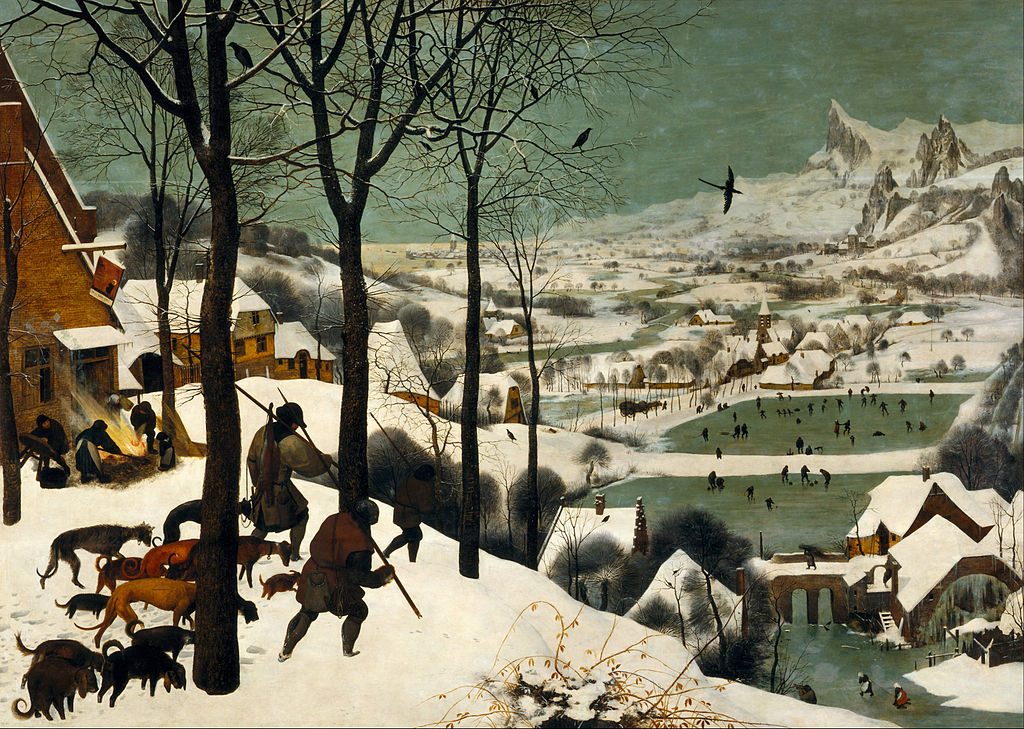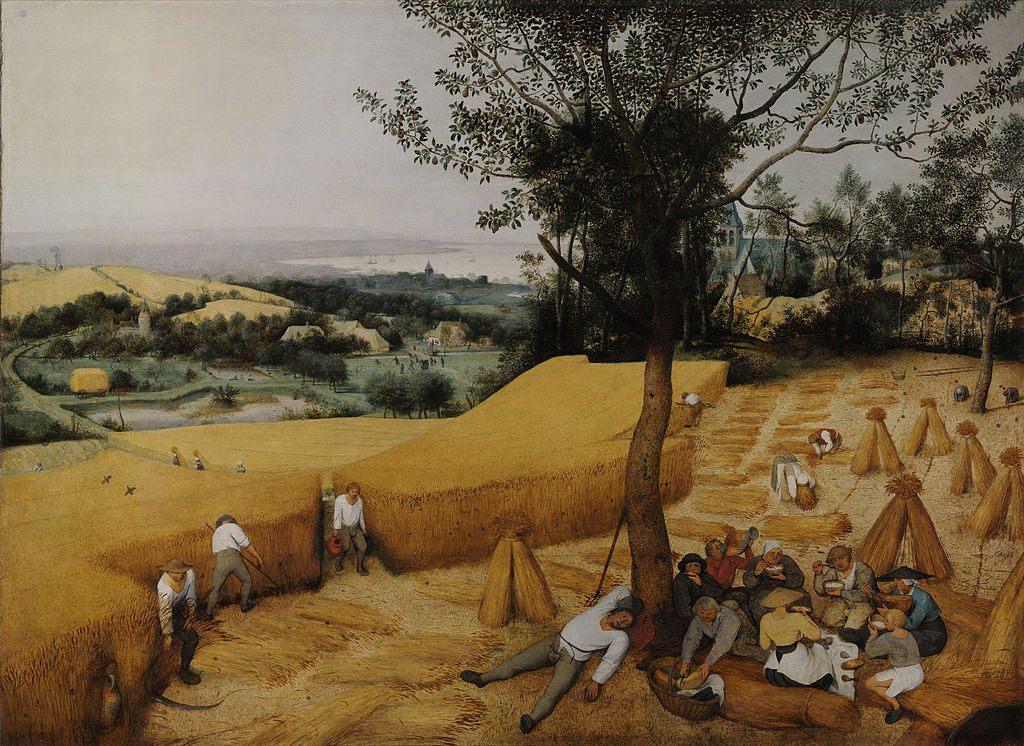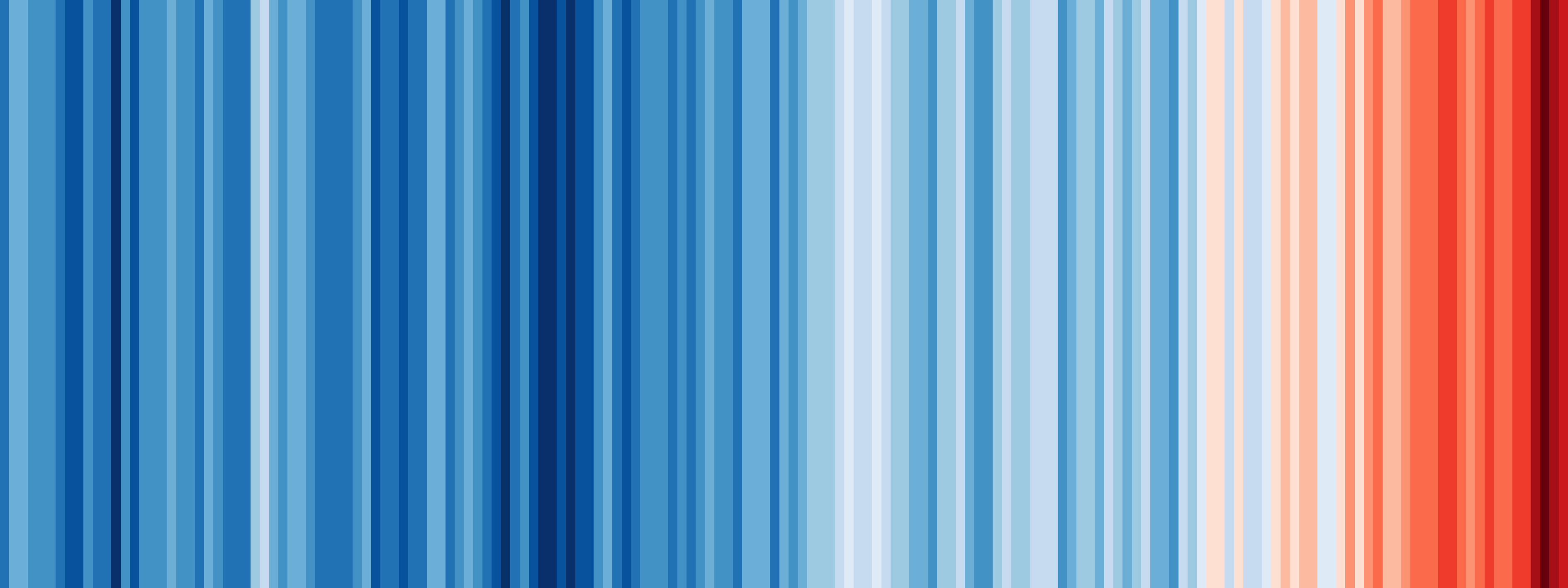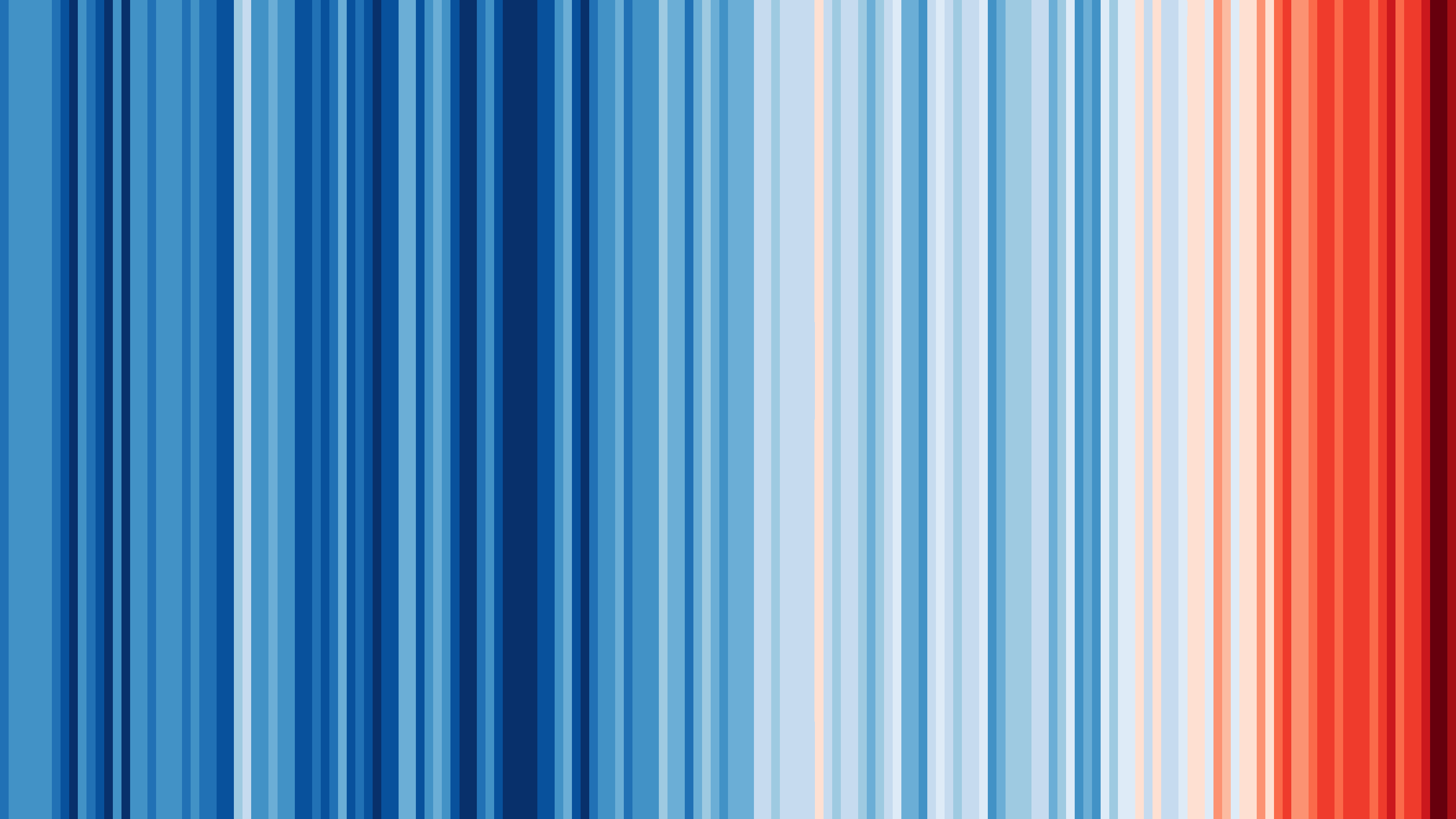The term ‘Little Ice Age’ refers to a period of cooler temperatures between around 1400 and 1850, although a range of dates are used. This climate feature has been inferred from various types of direct and indirect evidence, but it is still not clear how widespread these cooler temperatures were.
A new article by Lockwood et al explores some of the commonly used indirect evidence such as paintings and the occurrence of ‘frost fairs’ on the Thames. We also address the common assumption that the cooler temperatures were solely due to a reduction in solar activity (the Spörer and Maunder minima). Although this assumption is almost certainly wrong, the two features are sometimes considered to be synonymous.

 Continue reading Frost fairs and the Little Ice Age →
Continue reading Frost fairs and the Little Ice Age →

 Climate change is a complex global issue, requiring simple communication about its effects at the local scale. This set of visualisations highlight how we have witnessed temperatures change across the globe over the past century or more. The colour of each stripe represents the temperature of a single year, ordered from the earliest available data at each location to now. All other superfluous information is removed so that the changes in temperature are seen simply and undeniably.
Climate change is a complex global issue, requiring simple communication about its effects at the local scale. This set of visualisations highlight how we have witnessed temperatures change across the globe over the past century or more. The colour of each stripe represents the temperature of a single year, ordered from the earliest available data at each location to now. All other superfluous information is removed so that the changes in temperature are seen simply and undeniably.

